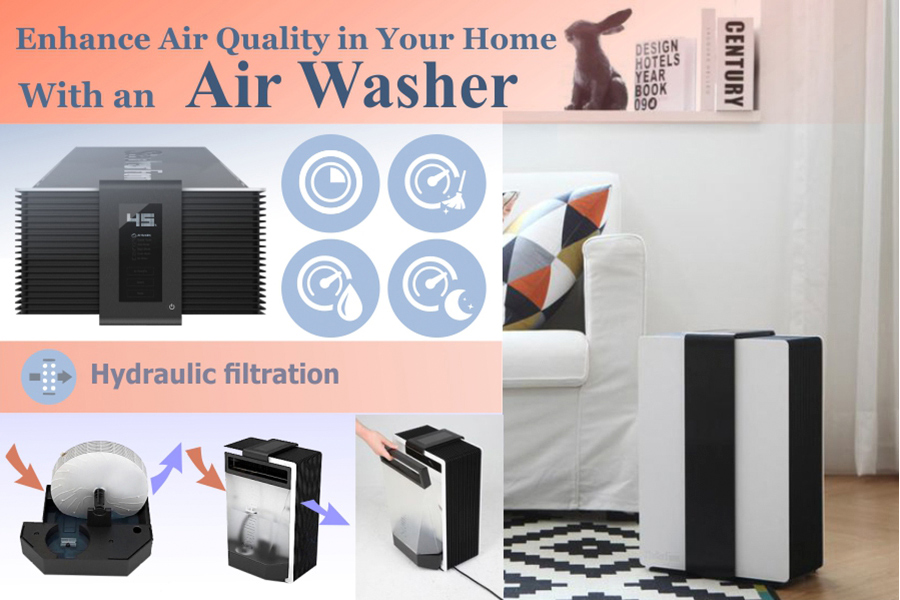The Ultimate Guide To Comprehending Warm Pumps - How Do They Work?
The Ultimate Guide To Comprehending Warm Pumps - How Do They Work?
Blog Article
Post By-Neergaard Singer
The most effective heat pumps can save you considerable quantities of money on power expenses. They can also help in reducing greenhouse gas exhausts, specifically if you make use of electrical energy in place of fossil fuels like propane and home heating oil or electric-resistance heating systems.
Heatpump function quite the like air conditioning unit do. This makes them a feasible alternative to standard electric home heating systems.
Exactly how They Function
Heatpump cool down homes in the summertime and, with a little help from power or gas, they give some of your home's heating in the winter season. They're a good alternative for people that wish to decrease their use of fossil fuels however aren't prepared to replace their existing heater and cooling system.
just click the up coming post rely on the physical reality that also in air that seems also cool, there's still power existing: cozy air is always moving, and it intends to move into cooler, lower-pressure environments like your home.
Most ENERGY celebrity licensed heatpump run at near to their heating or cooling capacity throughout most of the year, lessening on/off biking and saving power. For mitsubishi heat pump repair near me , focus on systems with a high SEER and HSPF score.
The Compressor
The heart of the heatpump is the compressor, which is additionally known as an air compressor. This mechanical streaming gadget makes use of possible energy from power development to enhance the stress of a gas by minimizing its quantity. It is various from a pump because it just services gases and can't deal with fluids, as pumps do.
air conditioning service enters the compressor with an inlet valve. It travels around vane-mounted arms with self-adjusting length that divide the interior of the compressor, developing numerous tooth cavities of varying dimension. The blades's spin pressures these cavities to move in and out of stage with each other, compressing the air.
The compressor draws in the low-temperature, high-pressure refrigerant vapor from the evaporator and compresses it into the hot, pressurized state of a gas. This procedure is repeated as required to supply home heating or cooling as needed. The compressor also has a desuperheater coil that recycles the waste heat and includes superheat to the cooling agent, altering it from its fluid to vapor state.
The Evaporator
The evaporator in heat pumps does the same thing as it does in refrigerators and air conditioning system, transforming fluid cooling agent into a gaseous vapor that gets rid of heat from the space. Heatpump systems would not function without this vital tool.
This part of the system is located inside your home or structure in an interior air handler, which can be either a ducted or ductless unit. It has an evaporator coil and the compressor that compresses the low-pressure vapor from the evaporator to high pressure gas.
Heat pumps soak up ambient heat from the air, and afterwards utilize electricity to transfer that heat to a home or company in heating mode. That makes them a lot much more power reliable than electrical heaters or heating systems, and because they're utilizing tidy electrical energy from the grid (and not melting gas), they additionally create much fewer discharges. That's why heat pumps are such great ecological selections. (In addition to a big reason why they're ending up being so popular.).
The Thermostat.
Heat pumps are great options for homes in chilly environments, and you can use them in combination with standard duct-based systems or even go ductless. They're a terrific alternative to fossil fuel furnace or conventional electric furnaces, and they're much more lasting than oil, gas or nuclear heating and cooling tools.
Your thermostat is the most crucial component of your heat pump system, and it works really in different ways than a conventional thermostat. All mechanical thermostats (all non-electronic ones) job by using materials that alter dimension with increasing temperature level, like curled bimetallic strips or the broadening wax in a car radiator valve.
These strips contain 2 different kinds of steel, and they're bolted with each other to create a bridge that finishes an electrical circuit linked to your a/c system. As the strip obtains warmer, one side of the bridge increases faster than the various other, which creates it to bend and indicate that the heater is required. When the heat pump remains in heating setting, the turning around shutoff reverses the circulation of cooling agent, to ensure that the outside coil now works as an evaporator and the interior cyndrical tube becomes a condenser.